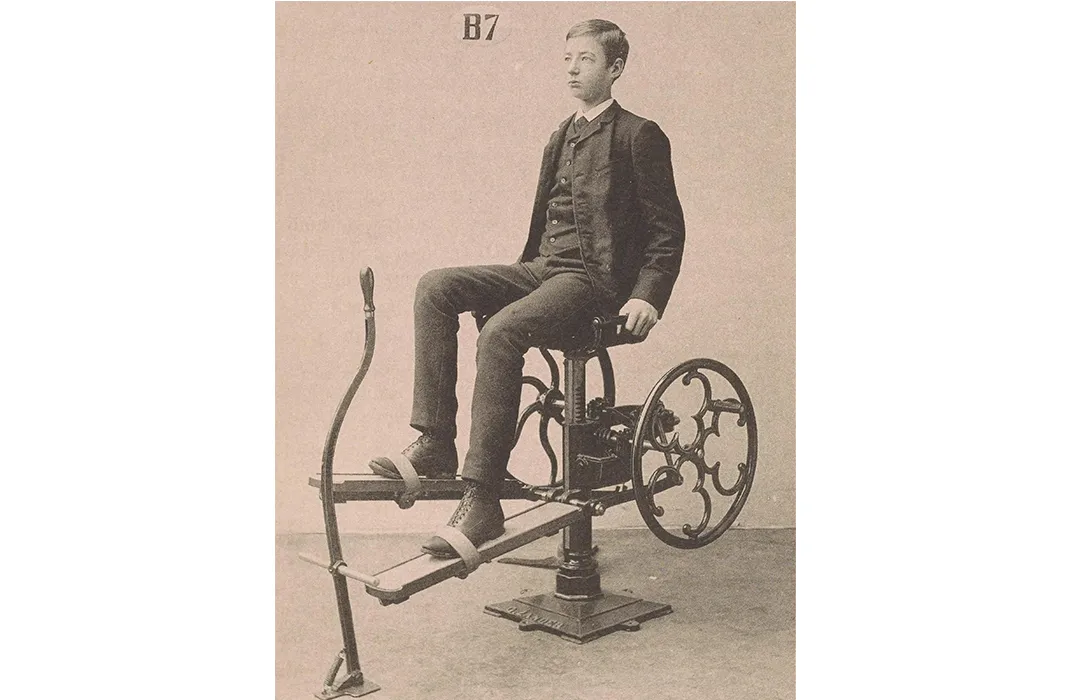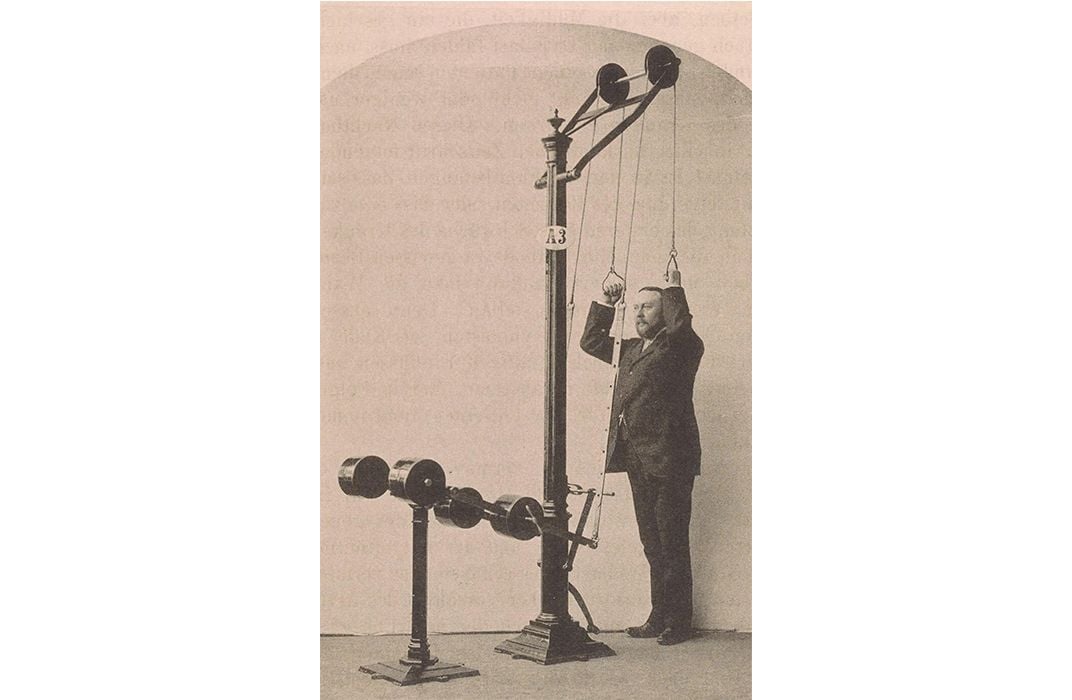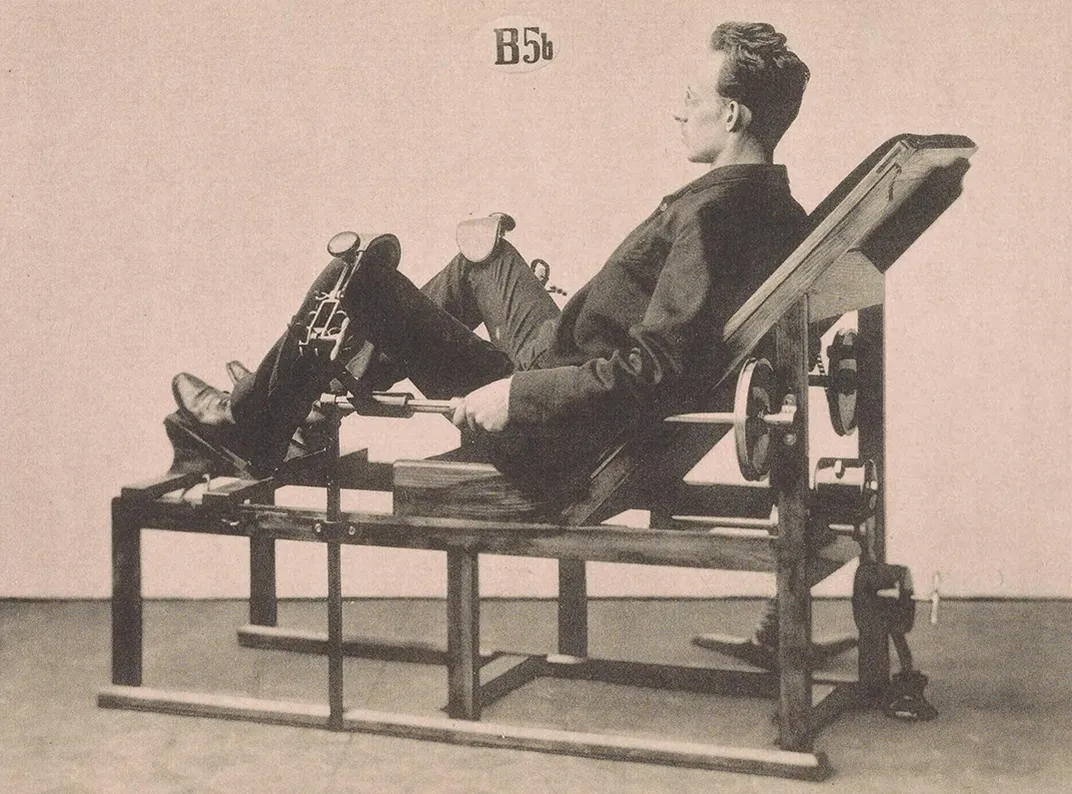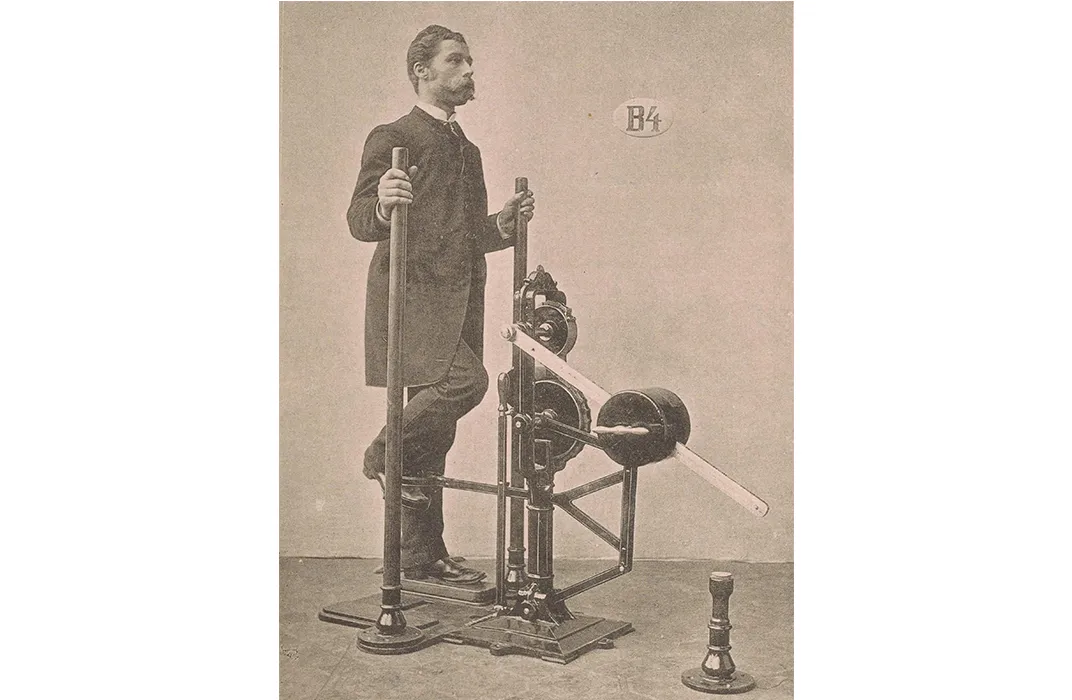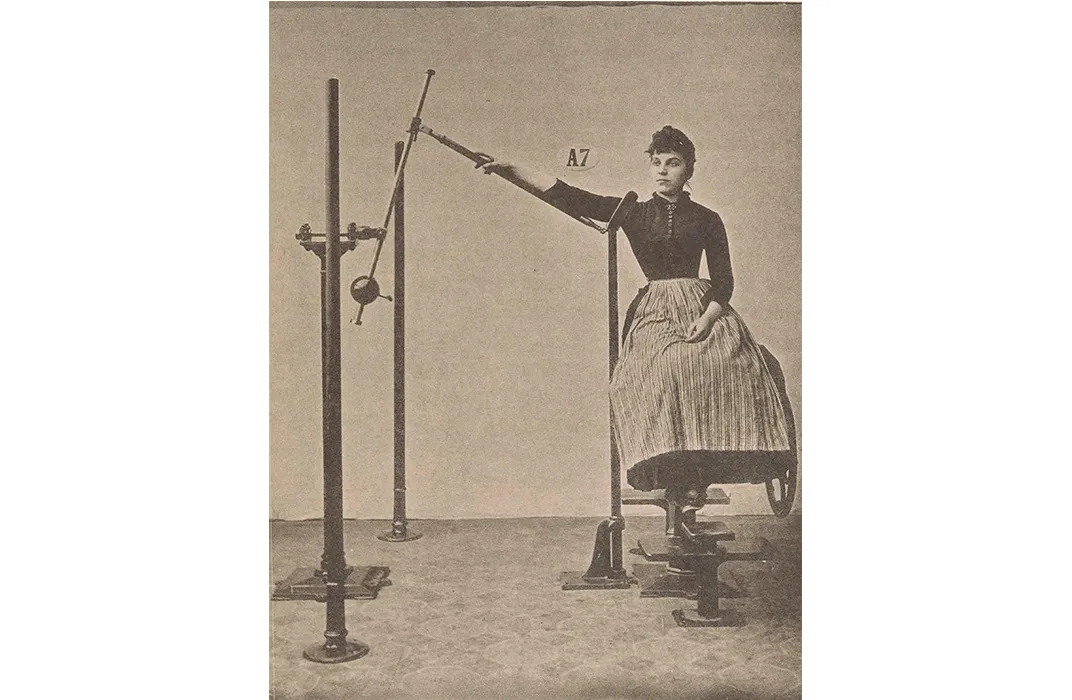Dr. Gustav Zander’s Victorian-Era Exercise Machines Made the Bowflex Look Like Child’s Play
A Smithsonian librarian highlights the precursor to today’s gym enthusiasts
No doubt some of you are among the many hardened souls intent upon making this year the year you finally get in shape. And as you resolve to hit the gym, I’d like to shift your attention momentarily to something most of us don’t ponder—the history of the humble exercise machine.
Perhaps you’d be forgiven for never wondering about the history of gym machines, should you be drowning out the brutal task of half an hour on the recumbent bike with distracting upbeat music and trashy magazines. But the most mundane and rote habits of our daily life can belie a fascinating and not regularly considered antecedent.
Such is the case of the Swedish physician Dr. Gustav Zander, who helped pioneer “mechanotherapy,” or the promotion of health and healing through the use the exercise apparatus. Zander was likely not the first to see positivity in using machines to aid in health, but his connection of regular exertion using machines to honor health and well being was certainly a novel idea in an age when blood-letting and noxious humors were still pretty standard.
Movement as a therapeutic agent did already have its proponents—Zander was a follower of the movement cure promoted by an earlier pioneer of exercise Per Henrik Ling.
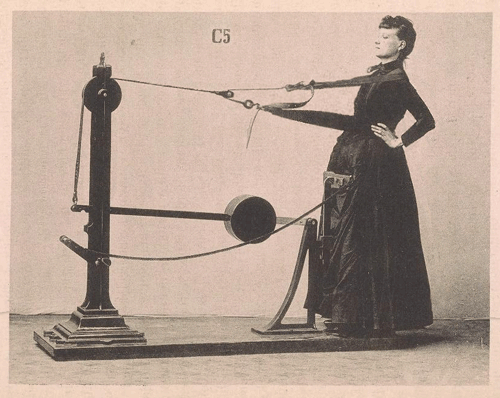
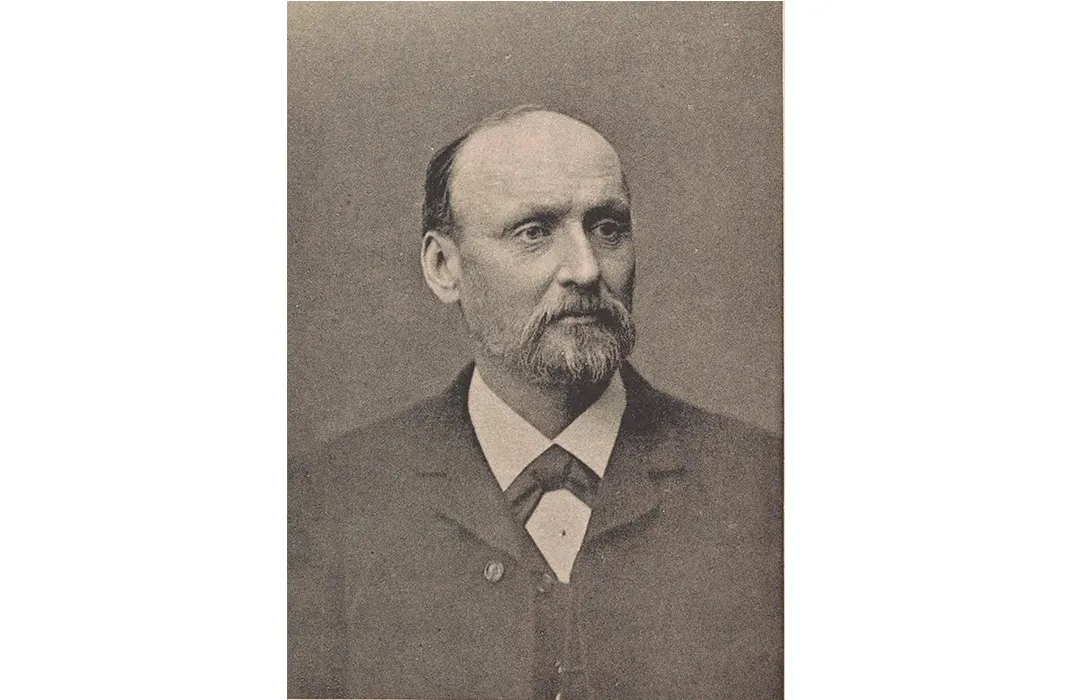
Incorporating machinery allowed for less exertion, opening up therapeutic movement to those with injuries, deformities,and those just not in good enough shape for calisthenics.
Born in Stockholm in 1835, Dr. Zander would explore the connection between mechanics of the body and muscle building while in medical school in Sweden in the early 1860s. He quickly established the Therapeutic Zander Institute in Stockholm, a state-supported institute using his machines to help workers correct physical impairments.
He would further develop these devices, going on to win a gold medal at the 1876 Centennial Exhibition in Philadelphia for his exercise machines. By the time the edition of his book, Dr. G. Zander’s medico-mechanische Gymnastik was published in 1892, he was well on his way to establishing Zander Institutes across the globe.
Dr. Zander’s contributions to this perennial gym craze began in the midst of heavy industrialization in the latter part of the 19th century. For the first time, a sizable chunk of society was now working in offices and “laboring” without physical exertion.
At the same time, industrialization brought with it rapid mechanization. It’s no wonder that his show at the Centennial Exhibition would help ignite a craze in the United States for his machines. By the turn of the century, his machines were in health spas across the country, emblematic of an upscale clientele looking for status symbols to reflect their leisurely lifestyles and exemption from physical labor.
While the Smithsonian Libraries’ German version of Dr. G. Zander’s medico-mechanische Gymnastik might present a language barrier, the illustrations are worthy of a perusal for the curious sartorial choices the Victorians made for their exercise wear.
For the start of 2016, should you feel the urge to head to the gym, may we suggest a new trend? Suit yourself up in your Victorian-era duds. Instagram it and please tag us here at SILibraries.
And remember to give an extra rep for Dr. Gustav Zander, who perhaps more than anyone else helped establish gym culture as we know it today.
This article originally appeared at the Smithsonian Libraries’ blog, “Unbound.” For further reading, librarian Richard Naples recommends: The Body Electric: How Strange Machines Built the Modern American by Carolyn de la Peña and de la Peña’s article “The Origins of Cybex Space” featured in Cabinet Magazine.
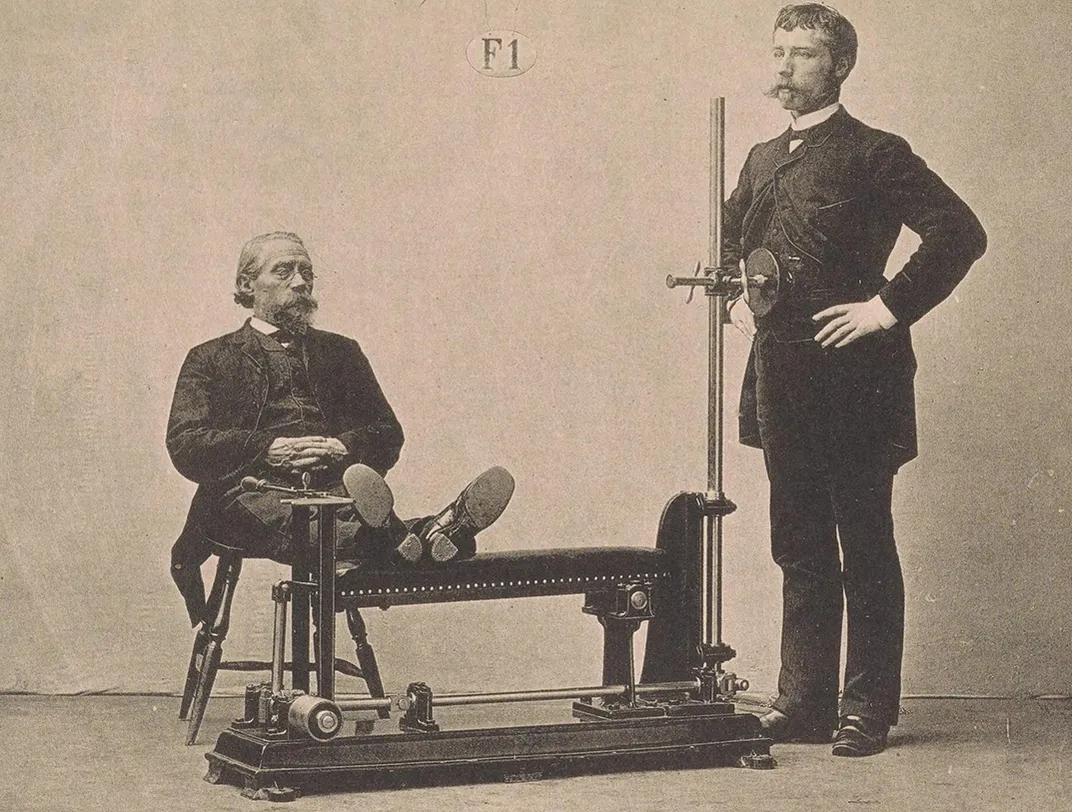
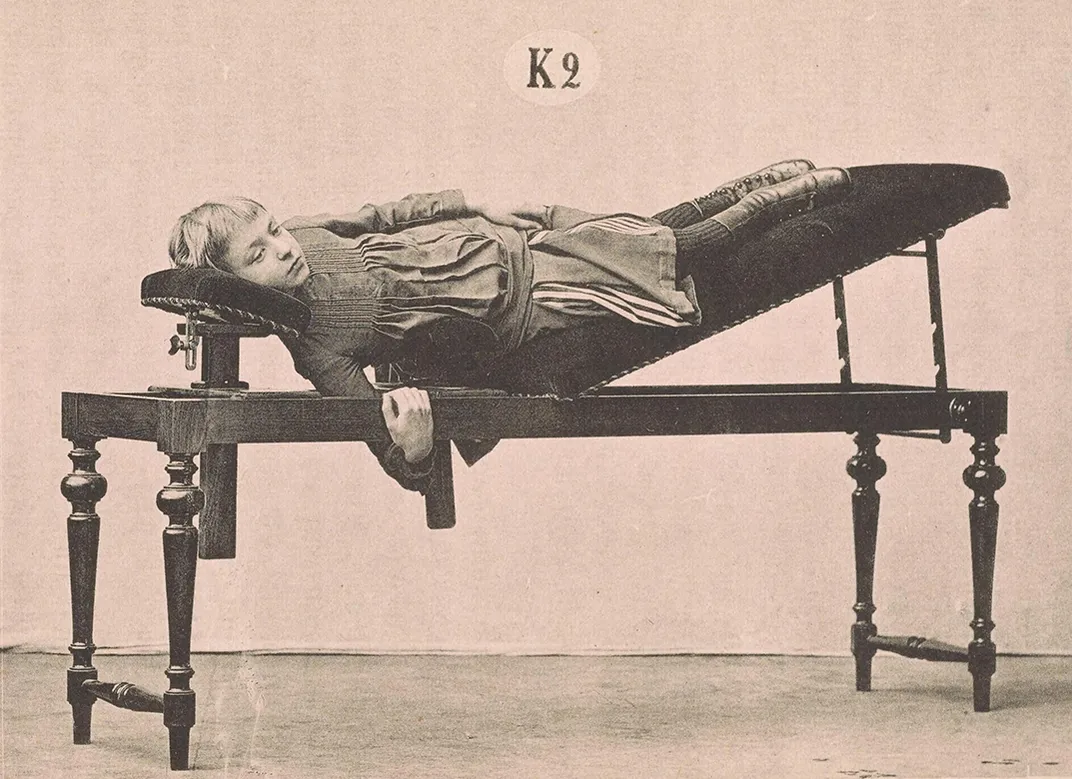
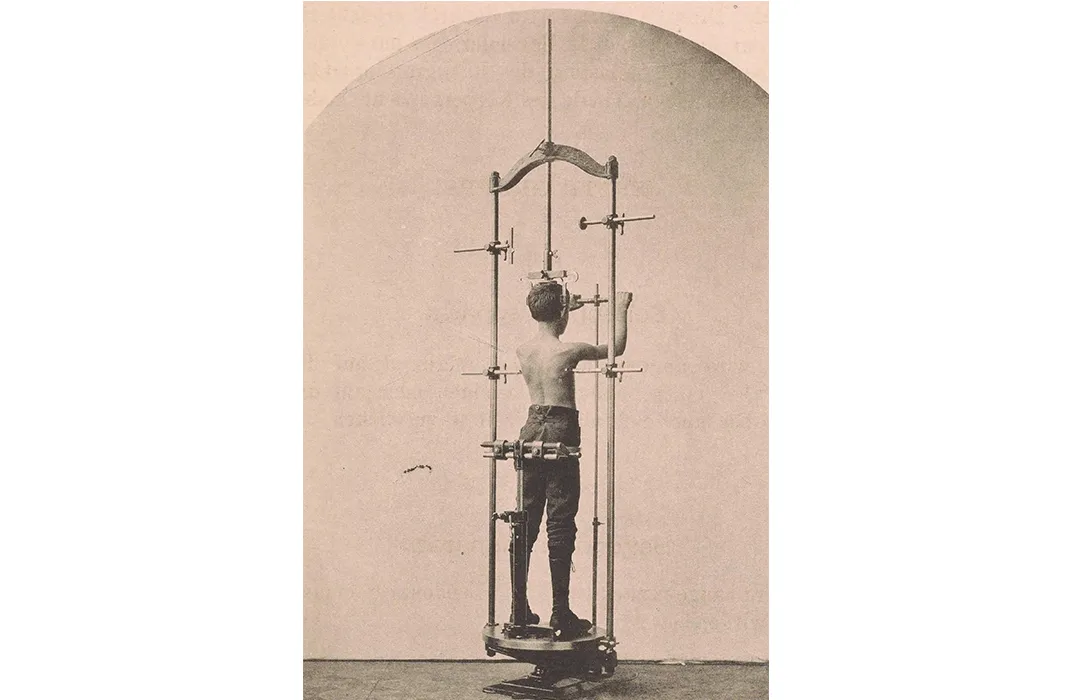
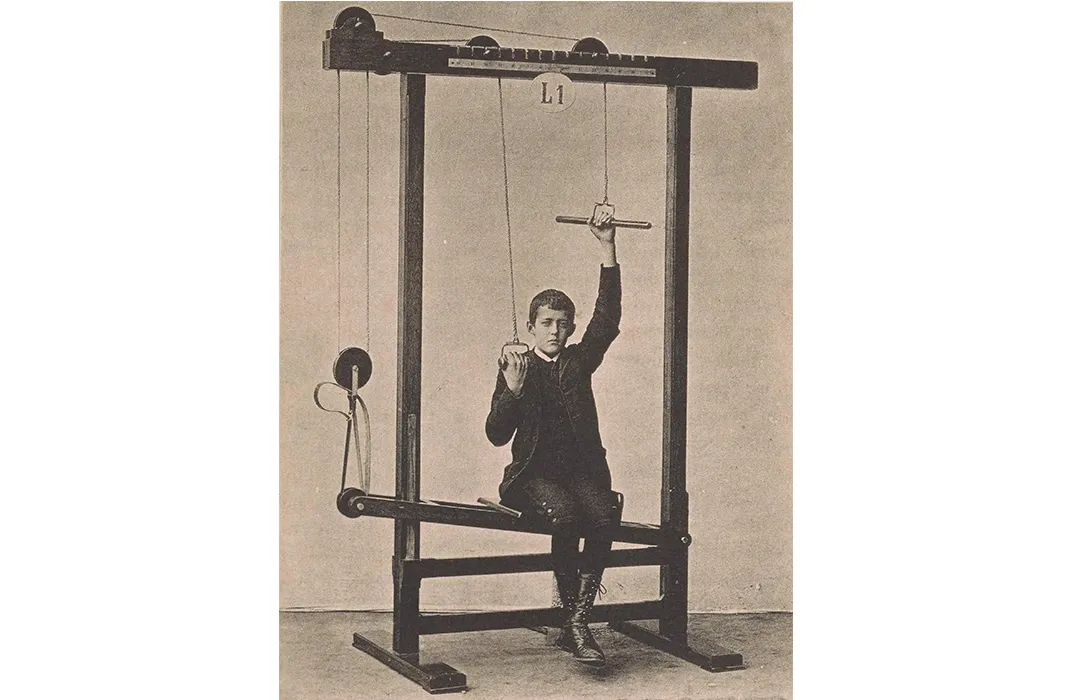
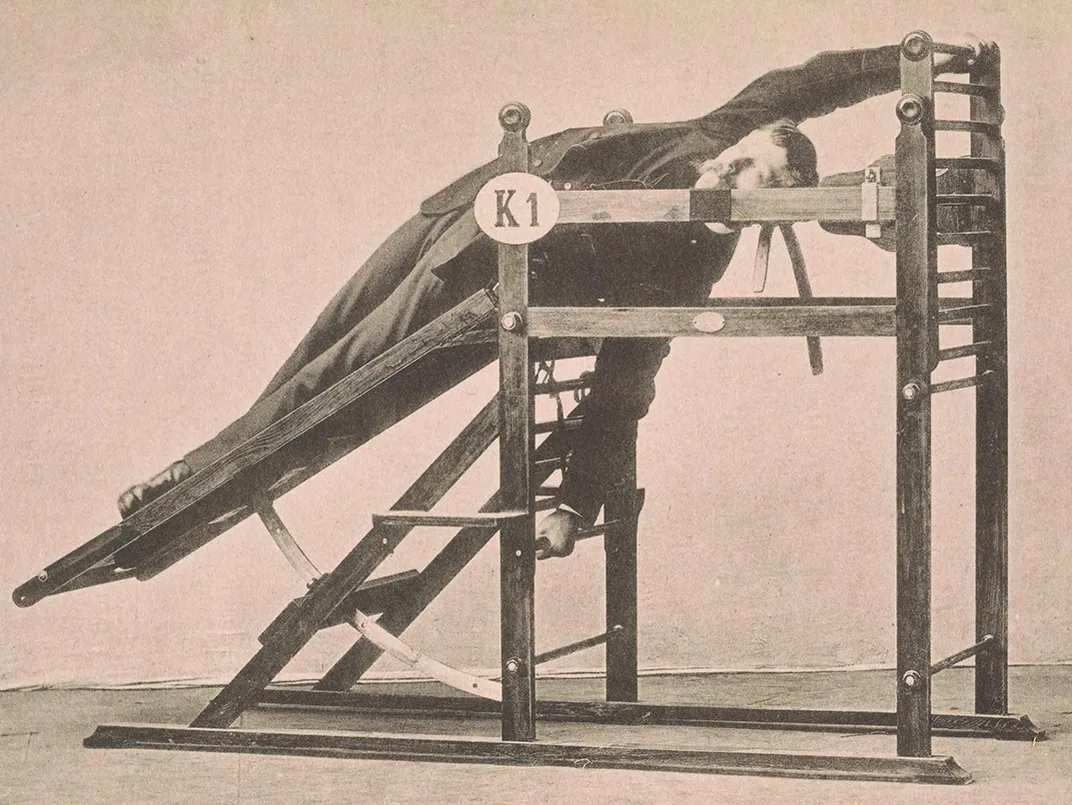
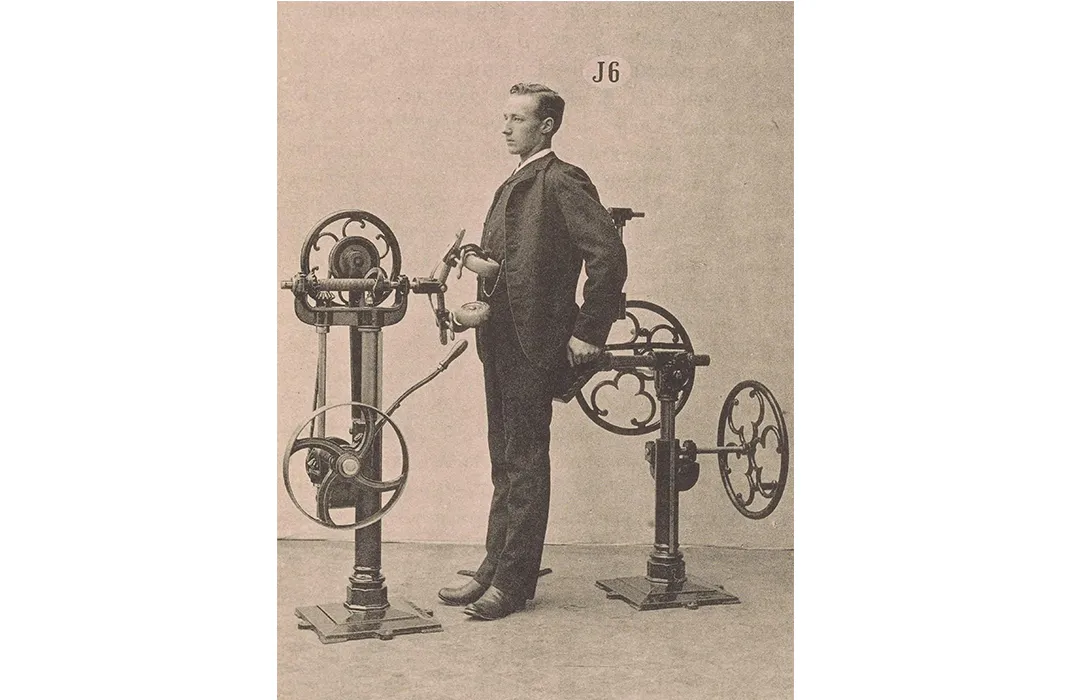
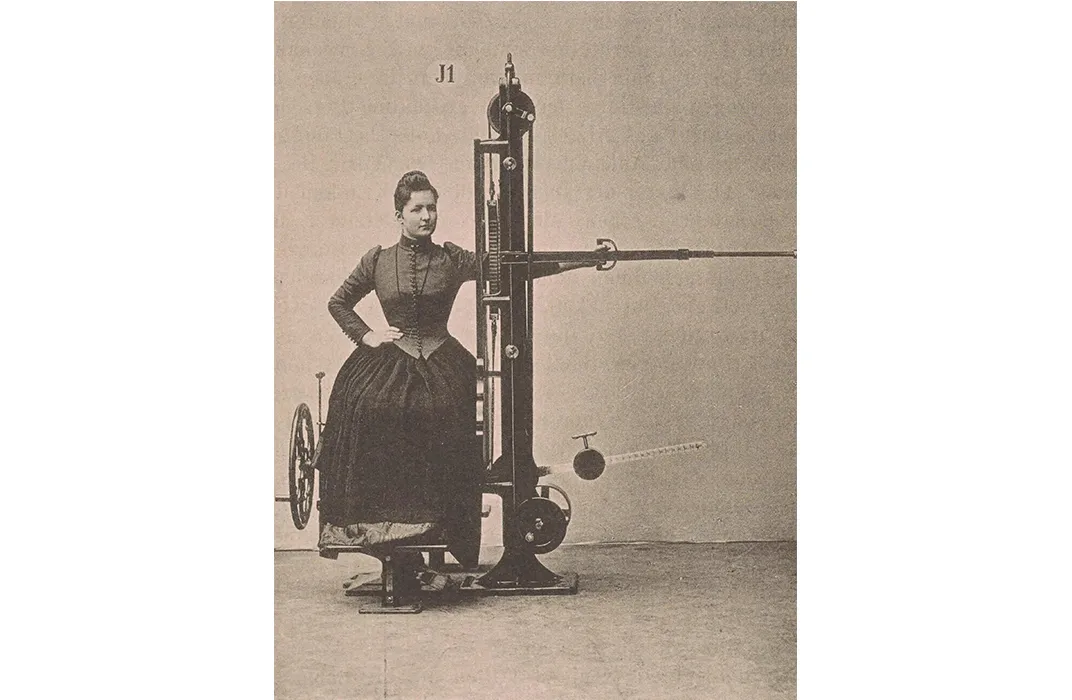
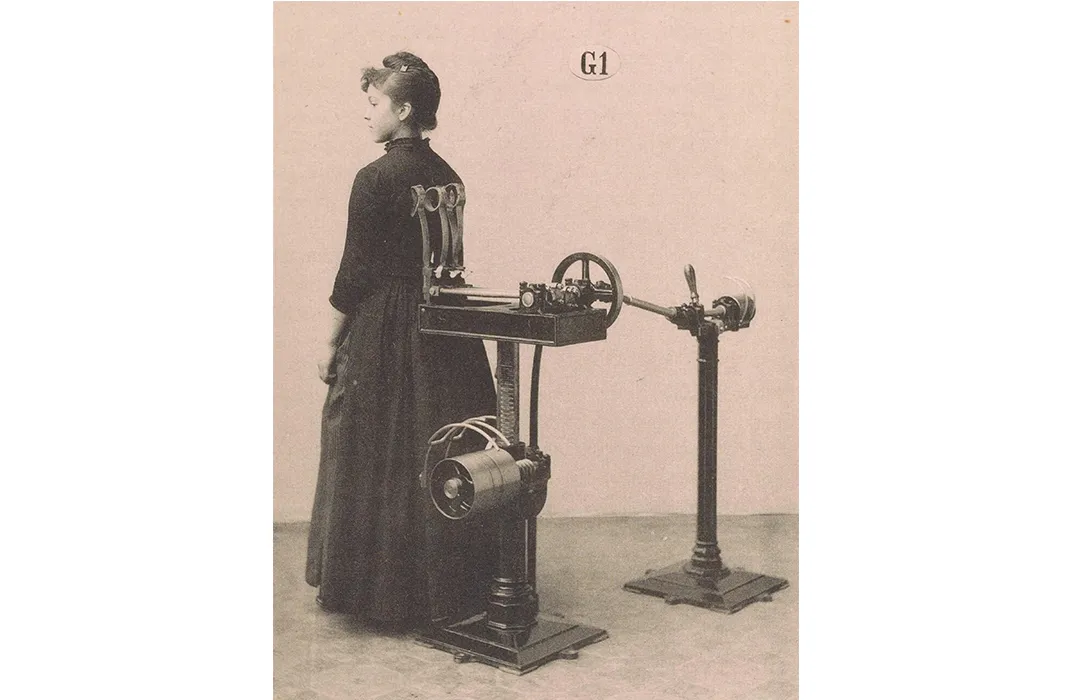
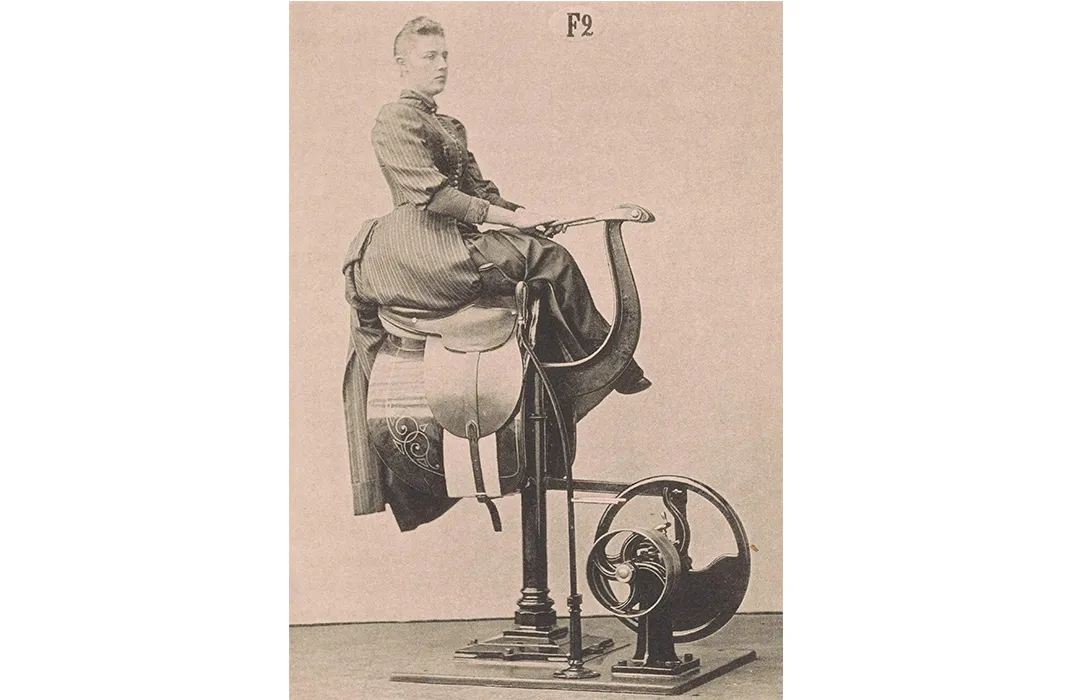
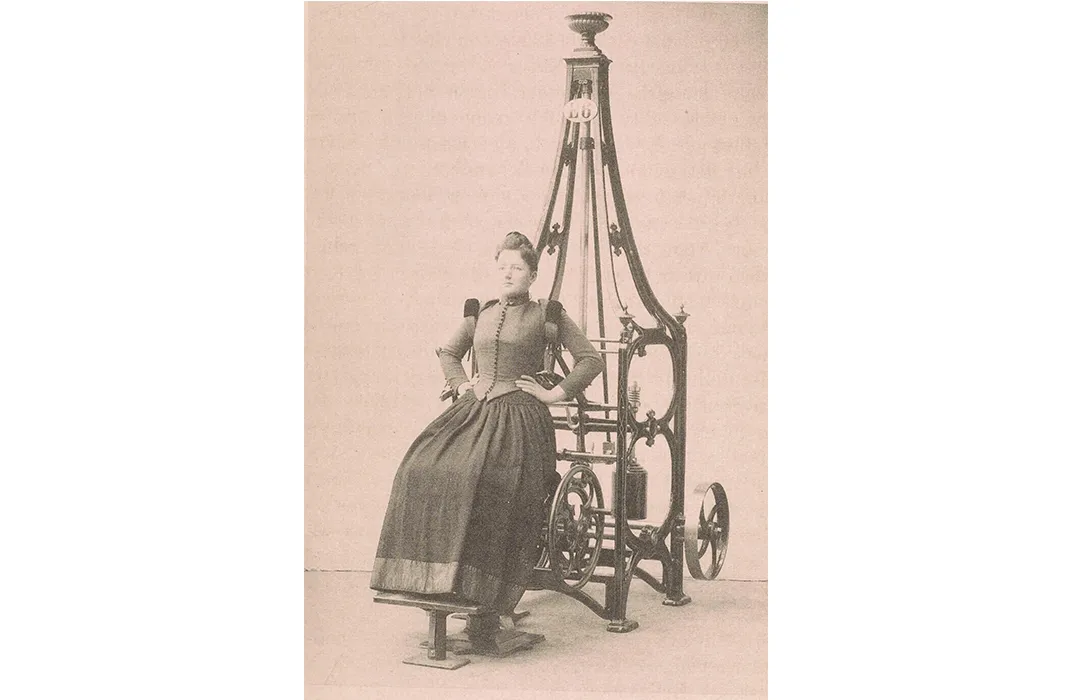
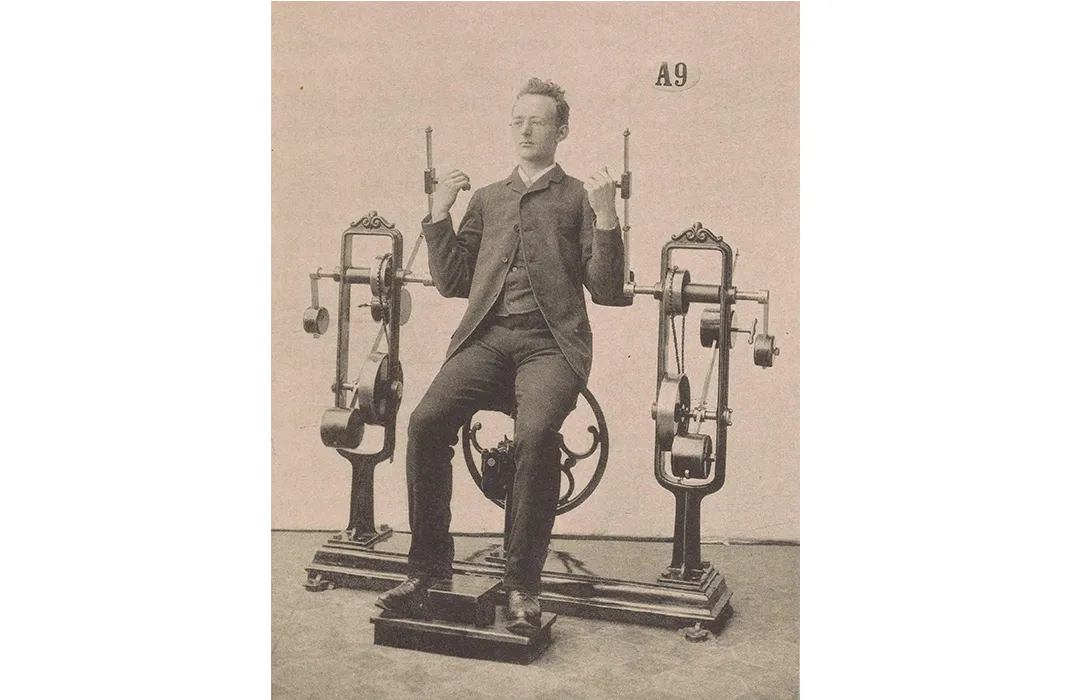
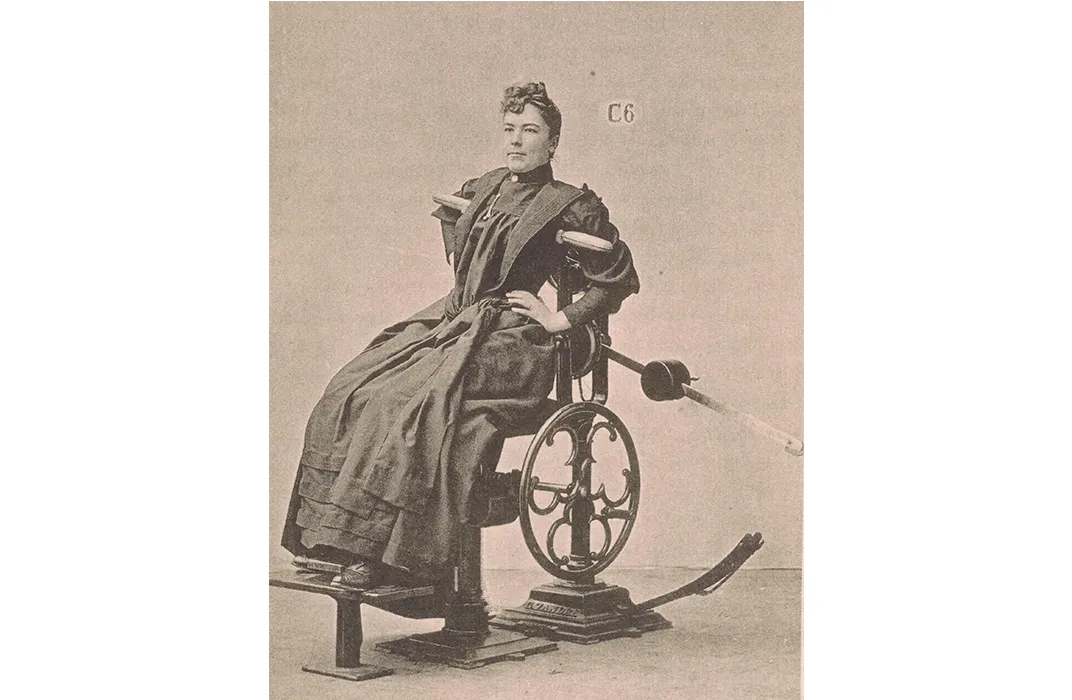
/https://tf-cmsv2-smithsonianmag-media.s3.amazonaws.com/filer/6f/26/6f262f7d-e7ab-4c73-b2e7-e7107efdfa10/driedoktorgzand00leve0081web.jpg)
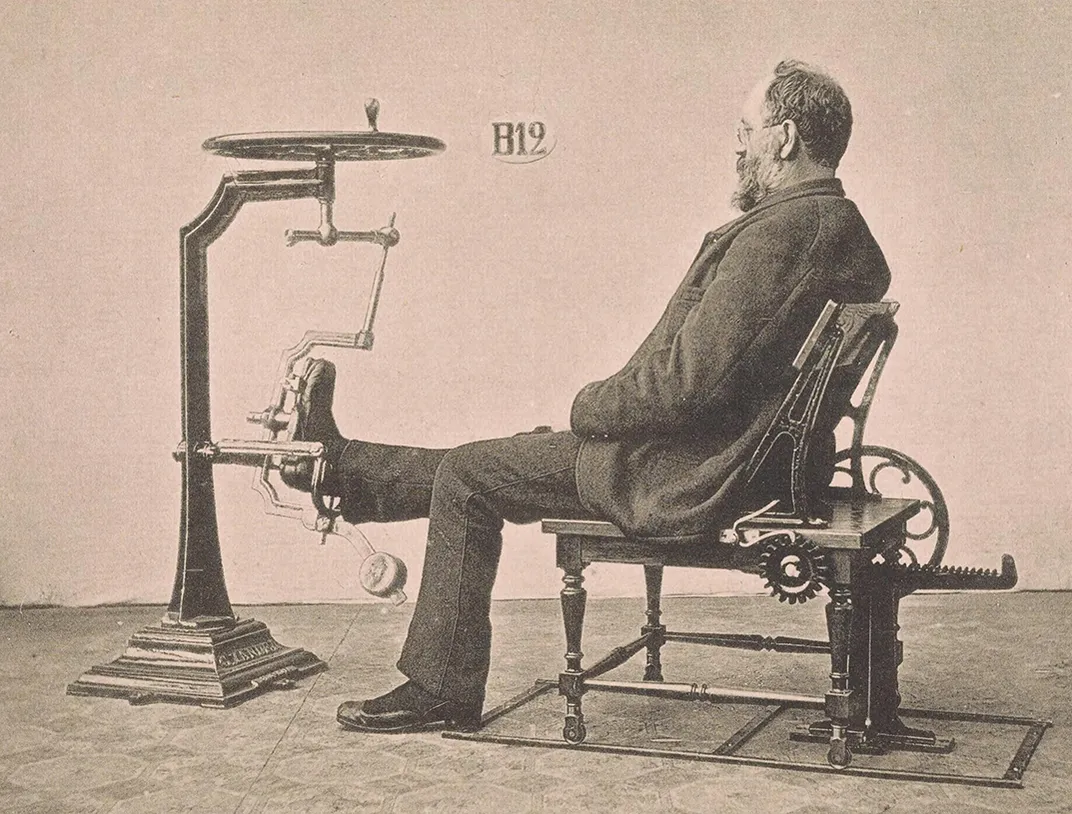
/https://tf-cmsv2-smithsonianmag-media.s3.amazonaws.com/filer/ea/f2/eaf21cef-653d-4021-9a2e-92bf42417255/driedoktorgzand00leve0065web.jpg)
